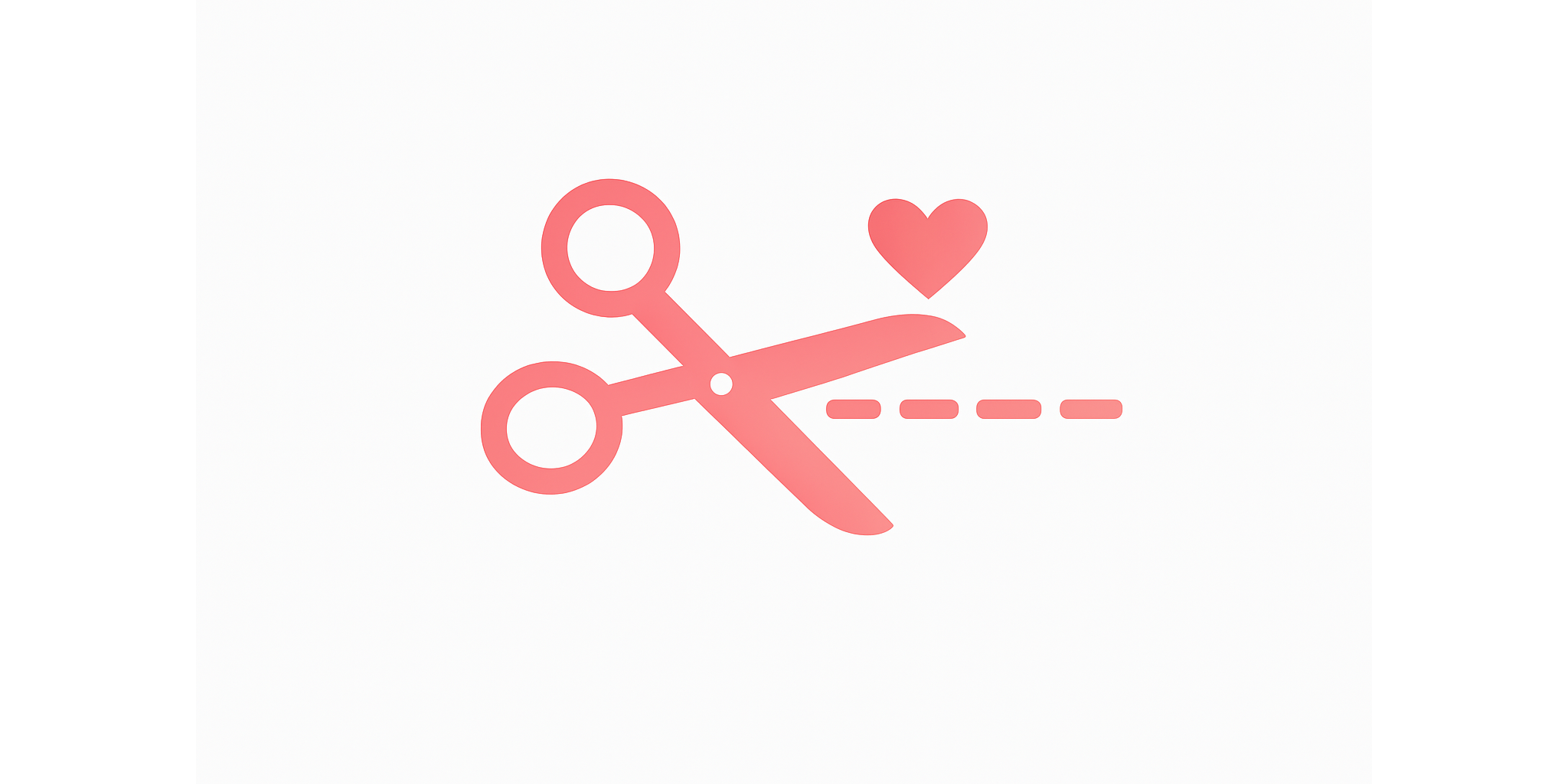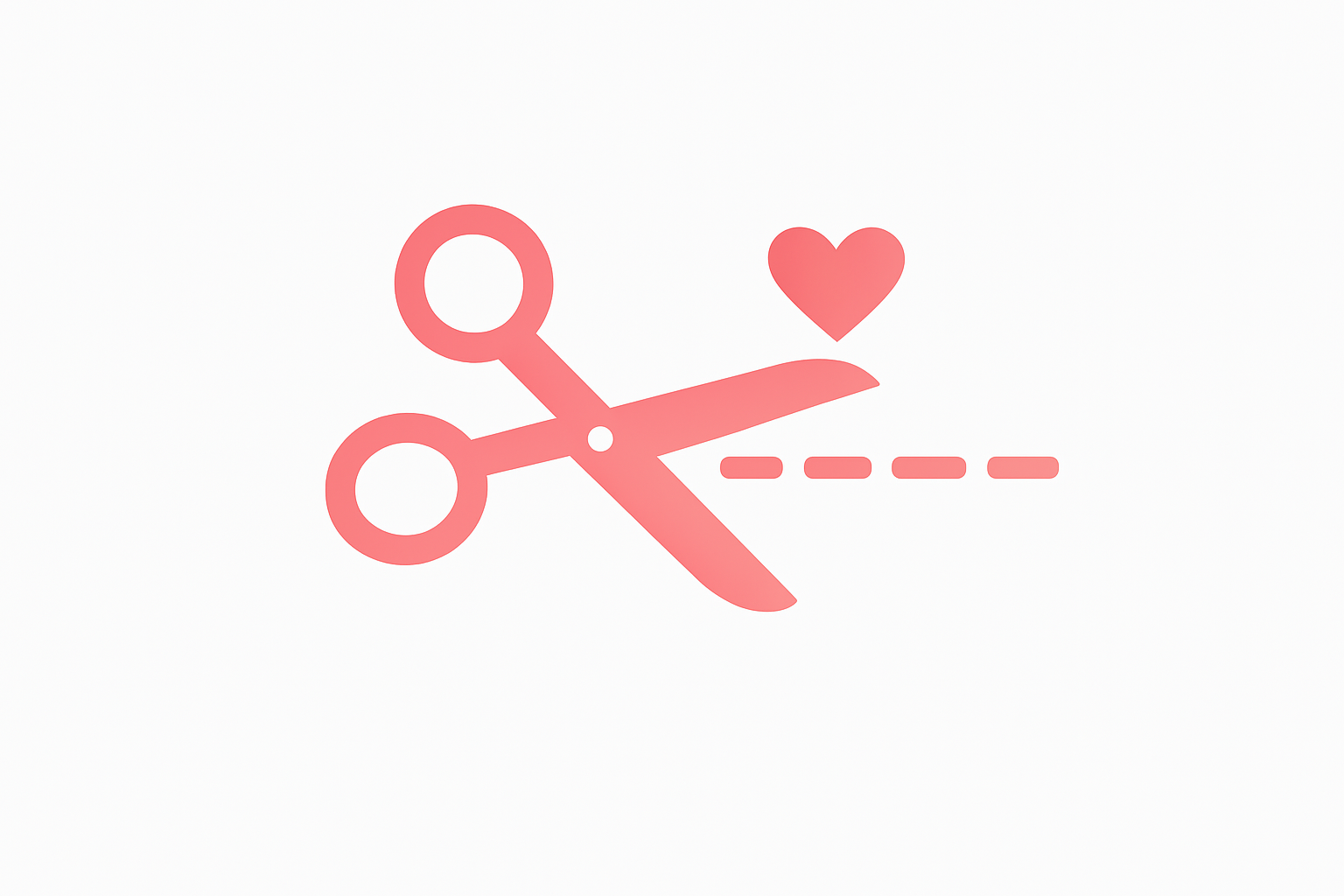How to draft a Sleeve Pattern
How to draft a Sleeve Pattern
Is a sleeve just a sleeve?
Oh, you suspicious sewist—you know a sleeve is so much more! Sure, we call them all “sleeves” (just like tops are tops and dresses are dresses), but there’s a whole world of sleeve personalities out there. And guess what? The cap isn’t just what you pop on your head; it’s the clever bit that sits pretty atop your shoulder and hugs the armhole, while the rest gets cozy down your arm. Got it? Great—let’s get the skinny on caps!
Cap height
No, not a baseball cap (though if you want to wear one while drafting, who am I to judge?). In sleeve-speak, it’s the swoopy part that sits on your shoulder and circles the armhole. The rest hangs down, looking fabulous as ever. Easy stuff so far, right? Pens and tea at the ready—here come the all-important Sleeve Style Values (honestly, they’re like the Hogwarts Houses of sleeve drafting): (and it's mega important):
| Sleeve Style | Value |
| Fitted | 3 |
| Loose | 4 |
| T-Shirt | 6 |
| Sweatshirt | 8 |
You might be cocking an eyebrow at those numbers—bear with me! Stash them in your memory bank; you’ll need them when you least expect it.
Measurements
Channel your inner sewing ninja: measure twice, cut once, and avoid the tears! Here are the golden duo:
- Shoulder point: Start at your shoulder, down to your elbow (elbow bent like a pro), then down to your wrist. The bend is vital—it saves you from the dreaded half-mast sleeve every time you high-five or sip your latte.
- Bicep (flex for dramatic effect): Find the brawniest part.
- Now, eye up the front and back armhole edges of your garment or pattern piece. Spoiler: the back is a smidge longer (so we don’t walk around like robots). Jot down those lengths—front and back separate, but keep both handy.
Get drafting
- Scoop up your total armhole measurement (front + back, maths-haters unite) and divide it by your chosen Sleeve Style Value from above. Example: with 41.4cm and a fitted sleeve (value = 3), you get 13.7cm.
- Draw a vertical line equal to your cap height (here, 13.7cm).
- At the bottom, draw a horizontal line—bicep width + 2cm for drama (this is “the guideline”).
- Label one side “front,” one side “back”—get personal with your lines.
- From the tippy-top, angle your measuring tape diagonally to meet the guideline: front measurement to one side, back to the other. If your line feels short, extend it—no judgment.
- Divide each of those new lines into four. Mark, mark, mark—you’ll end up with three notches per side.
- On the back: from the top marker, strut 1.9cm outside the triangle; midline, 1.2cm outside; third line, 0.3cm inside. Split the third line’s measurement in half, drop an extra marker, and go 0.5cm inside at this new point.
- Front time: from the top marker, go 1.5cm outside; midline, 0.5cm outside; third marker, 0.8cm inside. Half that third line, pop in a new marker, and go 0.9cm inside at this last one.
- French curve time! Connect those dots with style.
- If you measure the sleeve cap, you will find this is slightly bigger than the armhole - this is ease and is correct.
Your Shortcut to Sewing Wisdom (No Doomscrolling Required!)
It’s like having a whole month’s worth of Google rabbit holes and social media inspo neatly stitched together—served straight to your lap, minus the endless scrolling (and with much better results for your next sewing adventure)!
A Final Round of Applause
Voilà—you now have sleeve superpowers (with enough wit and flair to make even the plainest shirt proud).
Want first dibs on our latest blogs, tips, and all things stitchy?
Want to be the first to know when our latest blogs go live? Pop your details in below and we’ll send a little sewing inspiration straight to your inbox as soon as it’s hot off the (virtual) press. Stay in the loop—never miss a stitch!
Subscribe here and be part of our creative crew



